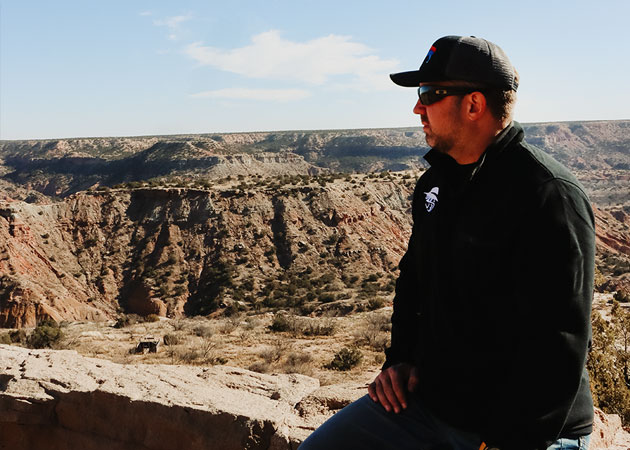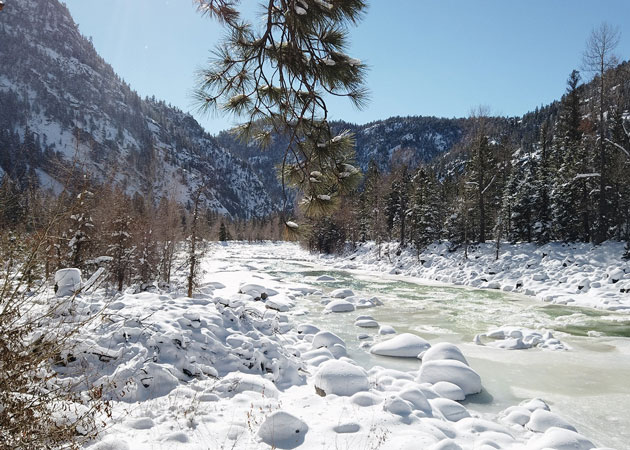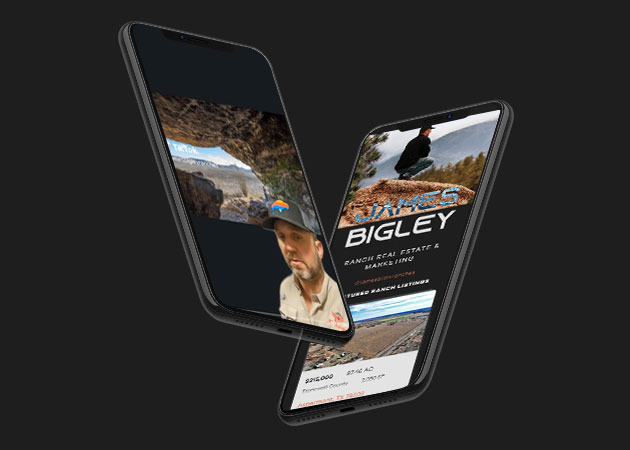Land Buying Checklist- Read This! (Ultimate Buyer’s Guide + Free Checklist)
Buying land is one of the most rewarding decisions you can make, and the Land Buying Checklist will help you through the journey. Whether it’s for hunting, building your dream home, starting a legacy ranch, or investing in a piece of Texas to call your own. But let’s be honest: it can also be overwhelming if you don’t know what to look for.
At James Bigley Ranches, we help folks just like you navigate land purchases every day. This guide is a deeper dive based on a powerful land-buying video, packed with real-world tips to help you buy smart.
Let’s get into it:
1. Define the Purpose of the Property
Before even looking at listings, get crystal clear on what you want to do with the land. This will shape every other decision.
Homestead: You’ll need utilities, buildable topography, and likely want easy access to roads and services.
Recreational or Hunting Land: You’ll focus on privacy, access to wildlife, hunting regulations, and fencing.
Agricultural Use or Business: You’ll need water rights, open space, ag exemptions, and maybe existing infrastructure.
Investment Property: Appreciation potential, location, and future development or resale matters most.
Why it matters: Each use type has different zoning, financing, and development requirements. Know your goal = avoid costly mistakes.
2. Research Deed Restrictions & HOAs
Some land comes with strings attached. These restrictions can:
Ban certain structures or land uses
Limit hunting or animal types
Require specific building designs
Control land clearing or fencing
Also, check for:
HOAs (Homeowners Associations) – Common in rural subdivisions; may restrict use or enforce fees.
Deed restrictions – These are legally binding and recorded with the title.
Pro Tip: Always have your real estate agent or attorney review restrictions before signing anything.
3. Evaluate Access, Easements, and Road Frontage
Access is one of the most overlooked but critical parts of land buying. Ask:
Is the property landlocked?
Does it have road or highway frontage?
Are there legal easements that guarantee access?
A property without proper access is a lawsuit waiting to happen. Don’t rely on handshake agreements or verbal promises—put everything in writing and confirm with a title company.
4. City Limits vs. County (ETJ vs. Rural)
Where the land sits governs what you can do with it.
City Limits: Stricter zoning, building codes, and more regulation.
ETJ (Extraterritorial Jurisdiction): In-between zone—some city rules apply.
Rural/County: Typically more freedom to use land how you like.
Want to shoot, build, or keep animals? You’ll likely prefer land outside city limits.
5. Water Rights & Mineral Rights
These rights may or may not transfer with the sale—and they can impact land value.
Mineral rights: Important in oil & gas regions. Without them, a company could drill on your land.
Water rights: Especially in the West, owning rights to surface or groundwater can be a game changer.
Verify, don’t assume: Sellers often think they own rights they don’t. Use a landman to confirm.
6. Inspect Improvements & Utilities
Before you buy, inspect every improvement on the land:
Fencing
Water wells (GPM output matters!)
Septic systems
Roads or trails
Structures (barns, homes, sheds)
These can add major value—but they can also cost big if they need repair or replacement.
Check:
Is electricity already dropped?
What’s the cost to install new lines?
Is there water access or will you need to drill?
Ballpark Costs:
Septic: $15,000–$55,000+
Water well: $15,000–$40,000+
Electric drop: $3,000+
7. Survey, Topography & Floodplain
Survey: Always get one. It shows boundaries, easements, and structures. If the existing one is outdated or unclear—get a new one.
Topography: Steep land may not be buildable. Flat, dry land = ideal for homes or ag use.
Flood zones: FEMA maps can show you where not to build or what may require flood insurance.
Always walk the land with a copy of the survey in hand.
8. Who Are Your Neighbors?
Your neighbors will affect your land’s:
Peace & privacy
Wildlife flow
Fence maintenance
Security
Look for:
Well-maintained fencing
No junk piles or illegal dumping
Distance from your build site or hunting area
Also, check if adjacent land is high-fenced. This impacts wildlife movement—and your view.
9. Fencing & Hunting Regulations
Make sure:
Hunting is allowed (check deed restrictions!)
You know what type of hunting is allowed (bow-only, firearm, seasonal)
Fencing supports your goals (low fence for free-range wildlife, high fence for game management)
Some neighbors may have hunting blinds or feeders near your boundary line. This could affect your own hunting opportunities.
10. Property Taxes & Ag Exemptions
The difference between full taxes and ag-exempt taxes can be thousands of dollars per year.
Ag exemption can reduce taxes by 95%+
Even if you don’t run livestock, you can lease the land to a rancher or wildlife manager to qualify
No exemption? It may hurt resale value or burden you with high annual taxes
Ask:
Is it currently ag-exempt?
What would it take to keep or qualify for it?
11. Financing Land
Land loans are different than home loans:
Expect 15–20% down
Loan terms are longer (20–30 years)
Interest rates are higher
Some lenders offer annual dividends or landowner incentives. But plan ahead—get pre-approved and know your budget before touring.
Don’t skip this step—being financially prepared means you can make confident offers and move quickly when the right land comes up.
Final Word: Walk the Entire Property
So many buyers skip this and regret it later.
You could find undisclosed junk, old oil equipment, or illegal dumping
You’ll get a real feel for the lay of the land
Walking helps you understand access points, drainage, wildlife paths, and more
Ultimate Land Buyer’s Checklist
Use this list as a printable or on-the-go resource during your land search.
✔️ Land Buyer’s Checklist
✅ Purpose
Homestead
Hunting/Recreation
Business or Ag
Investment
✅ Restrictions
Deed restrictions reviewed
HOA in place?
Hunting allowed?
Confirmed easement and legal access
✅ Access
Road/highway frontage
Year-round road access
Documented easements
✅ Zoning
Inside city limits?
In ETJ or rural?
Allowed uses match your goals
✅ Water & Mineral Rights
Water rights confirmed and transferable
Mineral rights verified by landman
Not in oil/gas active area (or okay if so)
✅ Improvements & Utilities
Existing fencing checked
Structures inspected
Septic & water well working?
Electric drop in place or cost estimated
✅ Survey & Topography
Up-to-date survey
No encroachments
Land is buildable
Outside floodplain
✅ Neighbors
Clean & maintained nearby land
No nearby junk/trash piles
No blinds/feeders on fence line
✅ Hunting & Fencing
Type of hunting allowed
Fence type fits your needs (high/low)
Wildlife access not blocked
✅ Taxes & Ag Exemption
Ag exemption active
Plan to qualify/maintain exemption
Full tax burden understood
✅ Financing
Pre-approved for land loan
Know your down payment %
Estimate monthly/yearly budget
🐂 Ready to Take the Next Step?
Whether you’re buying your first piece of Texas, upgrading your hunting retreat, or starting a family legacy—James Bigley Ranches is here to guide you every step of the way.
📩 Want this checklist as a downloadable PDF?
📷 Want a custom photo to celebrate your land search?
👉 Drop your contact info and we’ll send you both—plus connect you with your ideal property.



